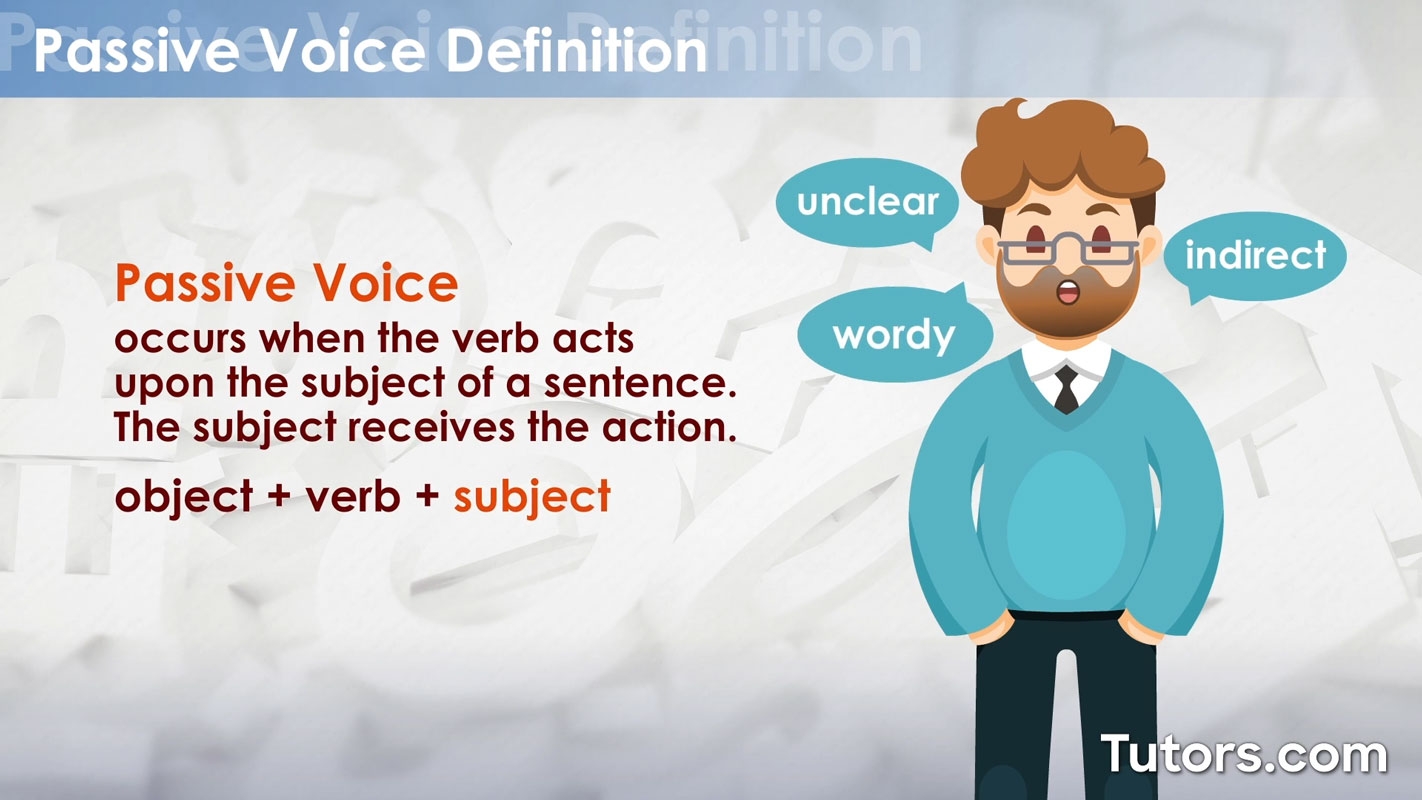Passive voice is a grammatical construction that is commonly used in English and other languages. It is important for writers and speakers to understand how to use passive voice correctly in order to communicate effectively. By knowing when and how to use passive voice, you can improve the clarity and impact of your writing.
Many people find passive voice to be confusing or difficult to understand, but with some practice and guidance, it can become a valuable tool in your writing arsenal. Let’s delve into the simple definition of passive voice and explore its uses and benefits.
Passive Voice Simple Definition
Passive voice is a grammatical structure in which the subject of a sentence is the recipient of the action, rather than the doer of the action. In passive voice constructions, the focus is on the action being done, rather than the person or thing performing the action. Passive voice is formed by using a form of the verb “to be” followed by the past participle of the main verb.
For example, in the sentence “The book was read by the student,” the book is the subject of the sentence and the recipient of the action (being read), rather than the student who is actually doing the reading. This shift in focus can be useful in certain situations, such as when the doer of the action is unknown or less important than the action itself.
Passive voice can also be used to create a more formal or objective tone in writing. By using passive voice, writers can convey information in a neutral and detached manner, which can be particularly useful in academic or scientific writing. However, it is important to use passive voice judiciously and be mindful of the context in which it is being used.
While passive voice has its advantages, it can also lead to ambiguity or wordiness if overused. It is important for writers to strike a balance between active and passive voice in their writing, depending on the desired tone and emphasis of the message. By understanding the simple definition of passive voice and practicing its use, writers can enhance the clarity and effectiveness of their communication.
In conclusion, passive voice is a valuable grammatical tool that can be utilized to enhance the clarity and impact of your writing. By mastering the use of passive voice and knowing when to employ it, you can elevate your writing to a new level of sophistication and effectiveness. Remember to practice using passive voice in your writing and to be mindful of its benefits and limitations. With time and experience, you will become more adept at leveraging passive voice to communicate your ideas with precision and style.
